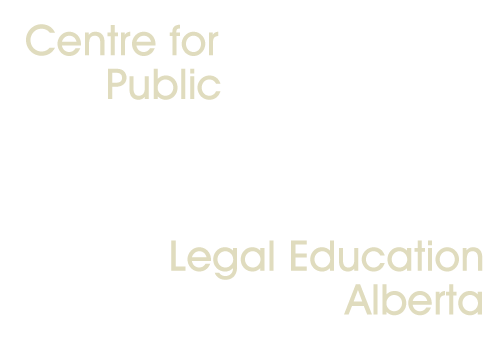The tenant can give the landlord a 14 day notice to terminate the tenancy when the landlord commits a substantial breach. The landlord commits a substantial breach when:
- the landlord does not meet the Minimum Housing and Health Standards and
- an executive officer (also called a health inspector) issues an order about the breach and
- the landlord does not follow the order.
If all three things occur, the tenant can give the landlord a 14 day notice to terminate the tenancy. The tenant can also apply to the Residential Tenancy Dispute Resolution Service or to Alberta Court of Justice to terminate the tenancy.
Notice Requirements
The tenant must give the landlord 14 clear days notice. So, the tenant cannot count the day they serve notice on the landlord. Also, the tenant cannot count the day the tenancy ends.
The tenant’s notice must:
- be in writing
- give the address of the property
- have their signature
- state the reason for the termination and
- state the date that the tenancy will end
Service of Notice
The tenant must serve the notice on the landlord by:
- giving the notice to the landlord in person
- delivering the notice by registered mail or certified mail. The tenant will mail the notice to the landlord at the address provided in the “Notice of Landlord.”
A tenant must give the termination notice to the landlord personally or by sending it through registered or certified mail. If these methods do not work, the tenant can send the notice electronically. However, it must result in a print copy of the notice receivable by an electronic device at the landlord’s address.
Landlord’s Notice of Objection
The landlord can object to the 14 day notice. The landlord can only object to the notice if:
-
- the landlord has actually followed the order or
- the landlord has applied for and been given a stay of the order
The landlord must personally serve the Notice of Objection to the tenant. Or, they can send it by registered or certified mail within 7 days of receiving the Notice of Termination. If these methods do not work, then the landlord can:
- give the notice to another adult that lives in the unit
- post the notice in plain sight on some part of the premises (i.e. the door to the unit)
If none of these methods work, the landlord can send the notice electronically, as long as it will result in a print copy of the notice receivable by an electronic device that is within the premises.
If the landlord objects to the 14 day notice within the 7 days, then the 14 day notice is null and void (which means that the tenancy did not end). If the tenant still thinks the landlord has committed a substantial breach after receiving the objection, the tenant can apply to the Residential Tenancy Dispute Resolution Service or Alberta Court of Justice to terminate the tenancy.
Frequently Asked Questions
If the landlord has done something wrong, but it’s not a substantial breach, what can the tenant do?
November 2023

